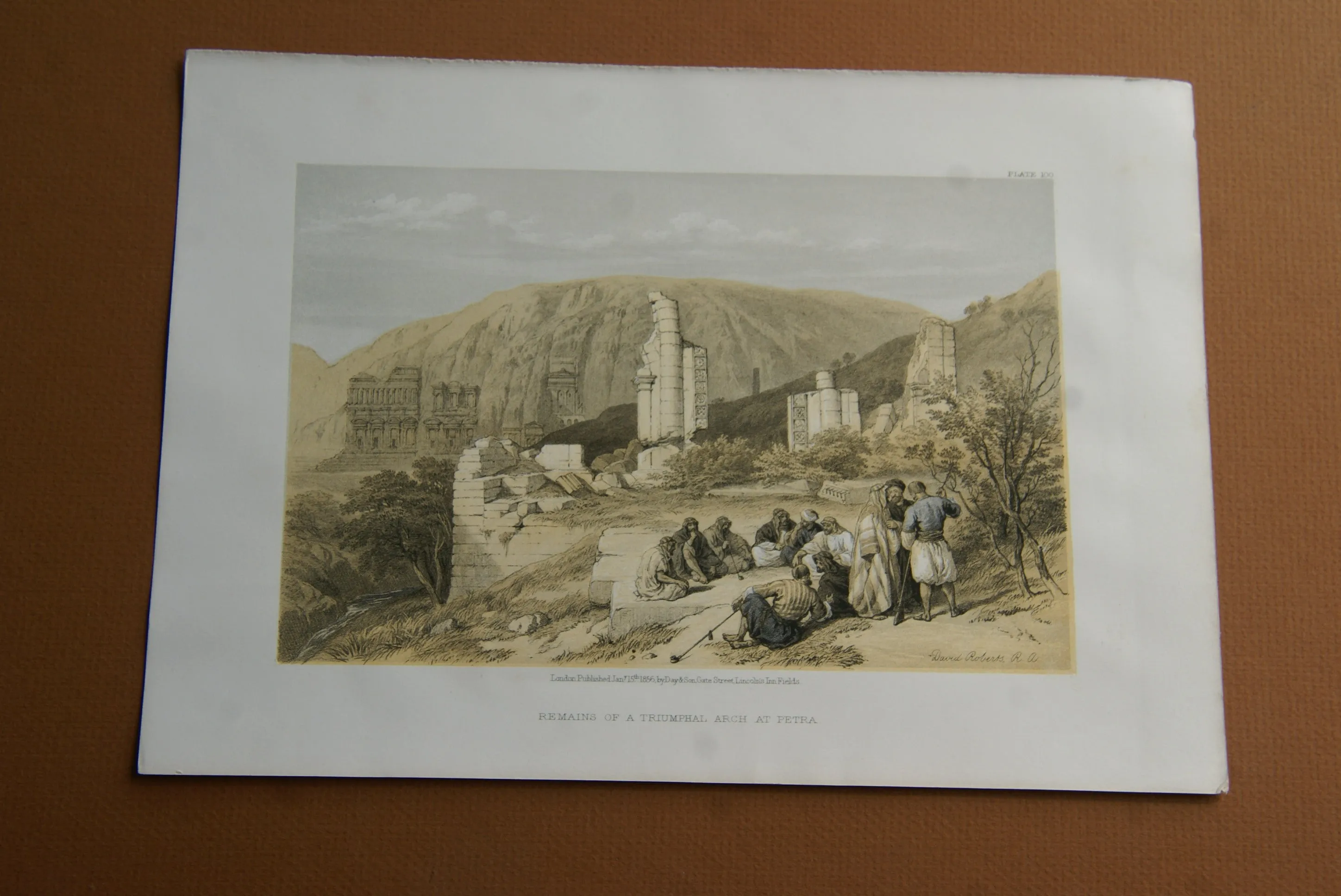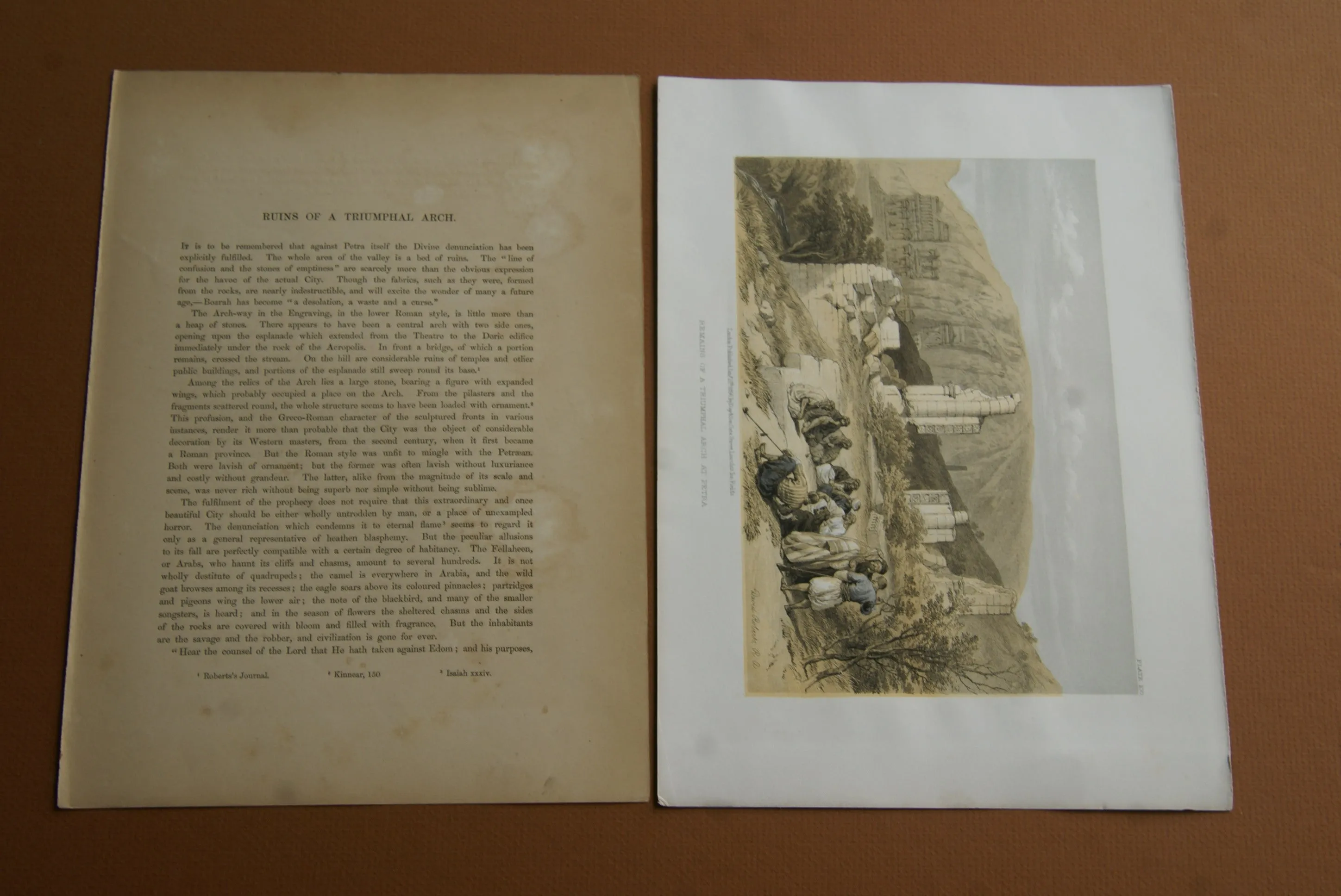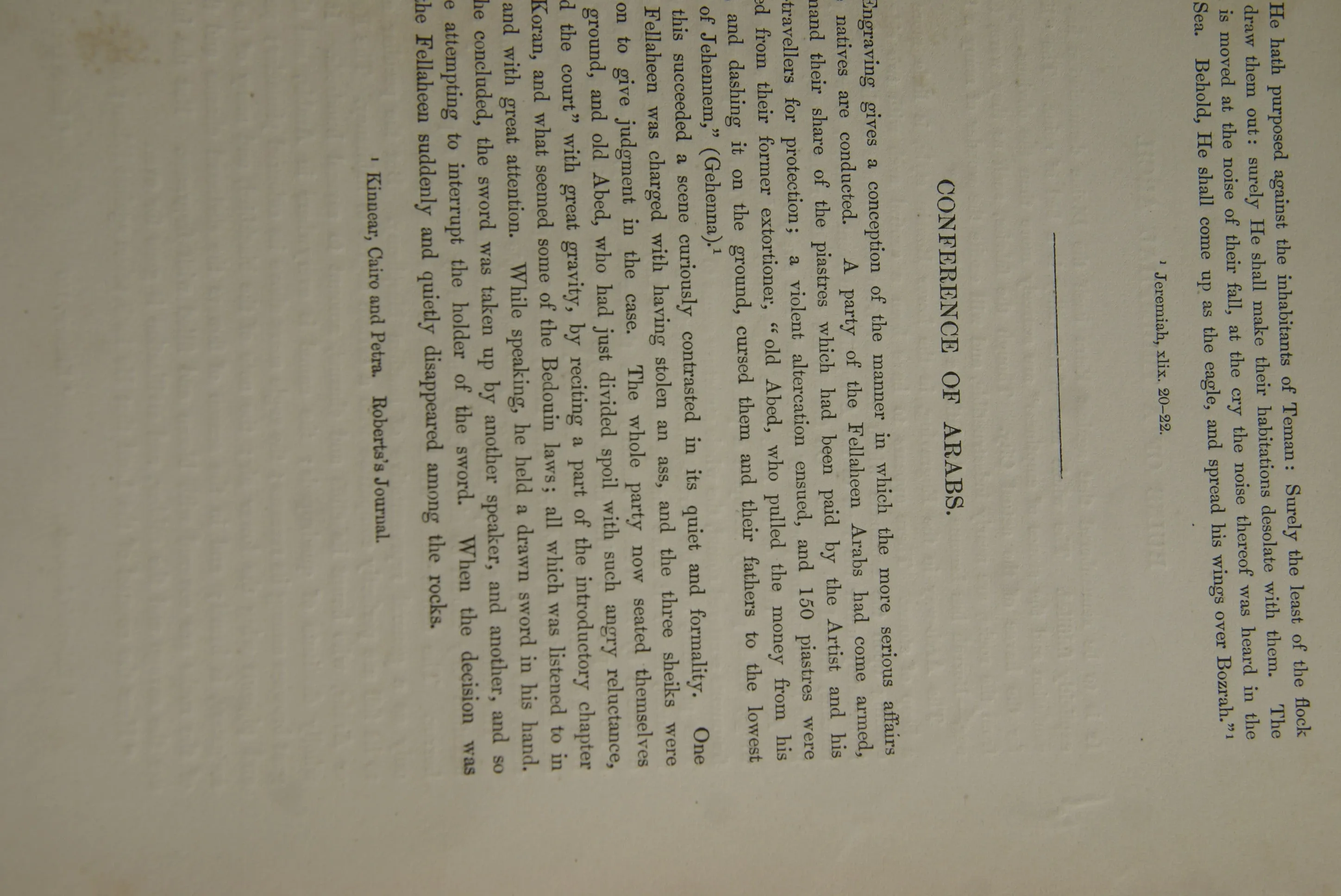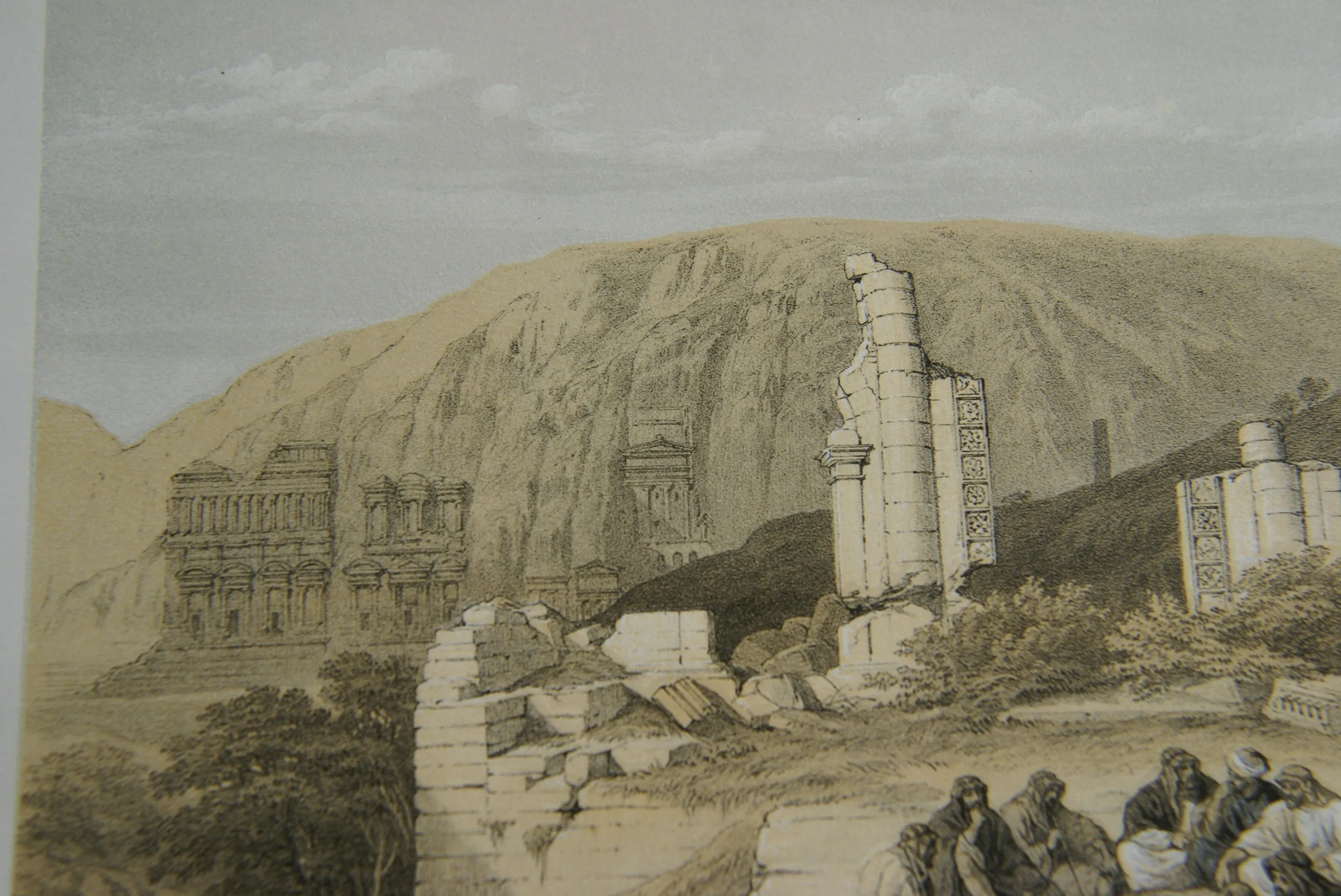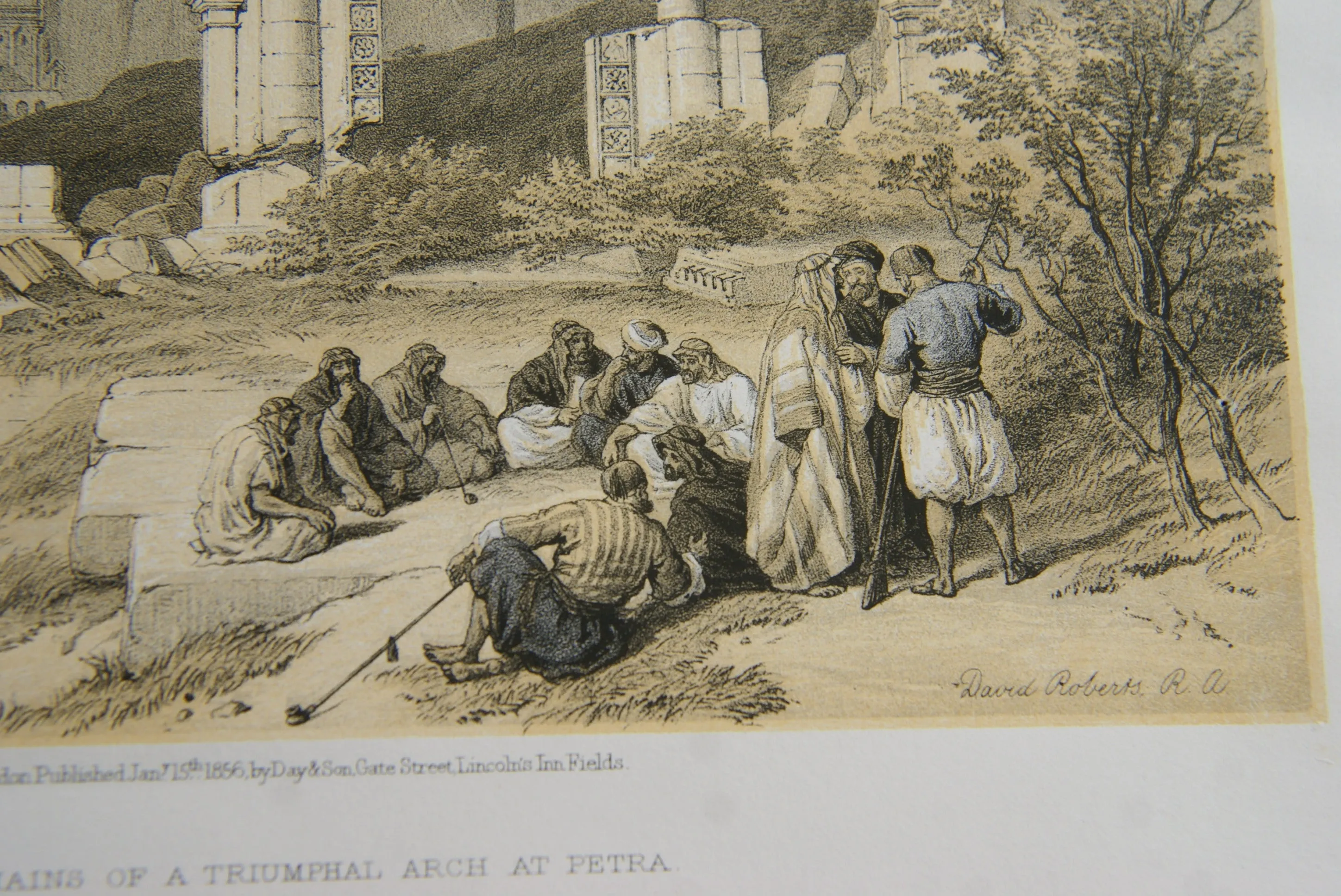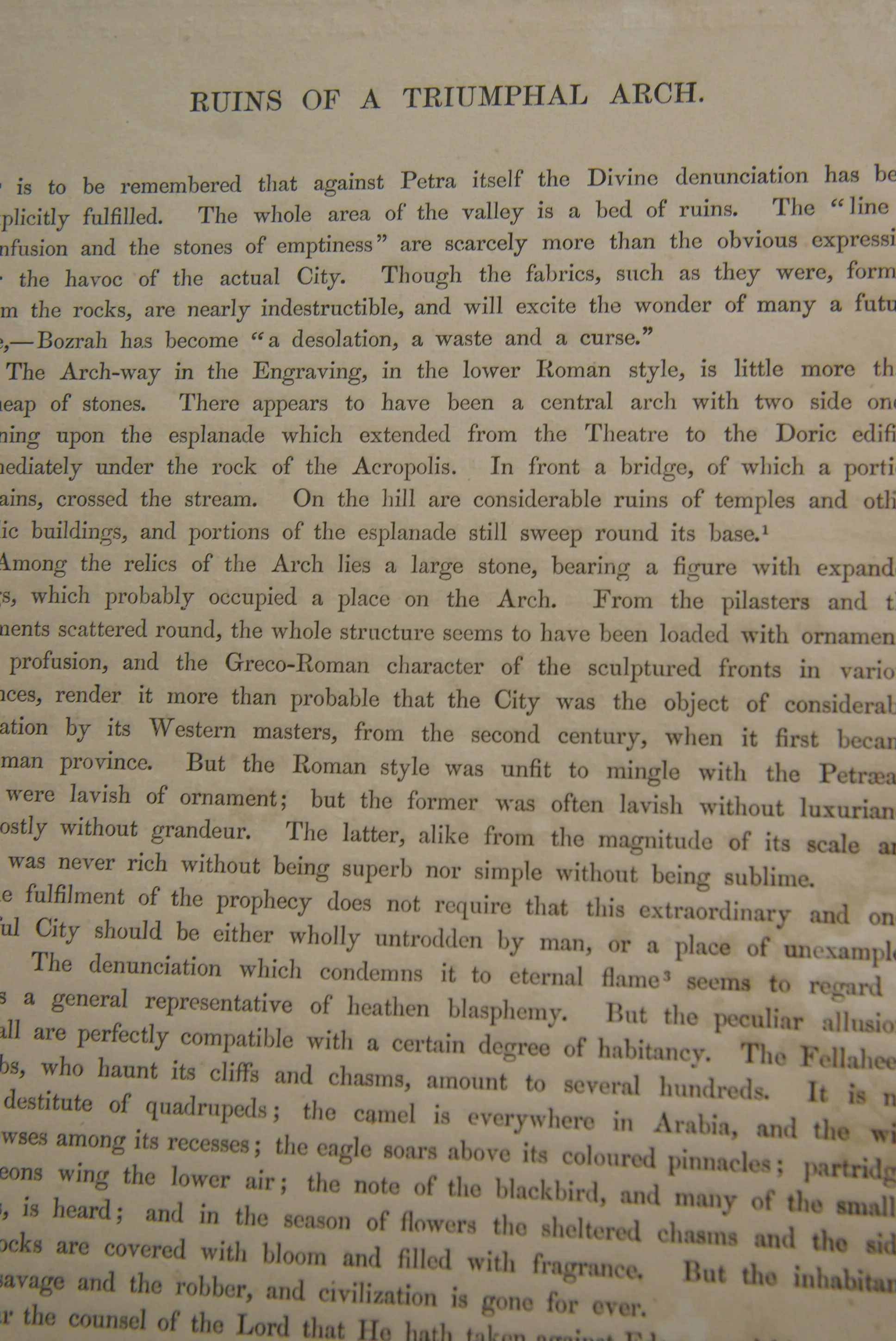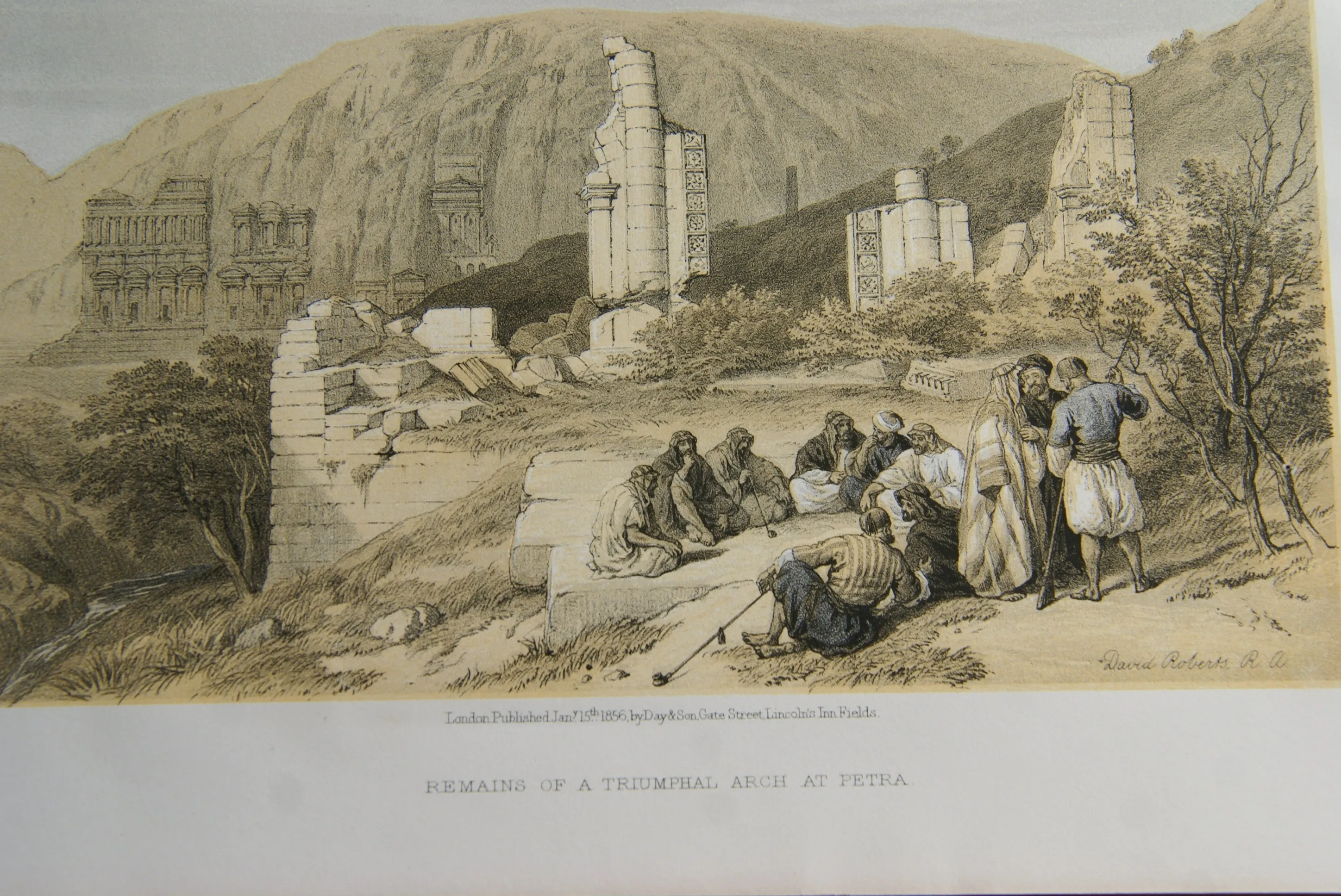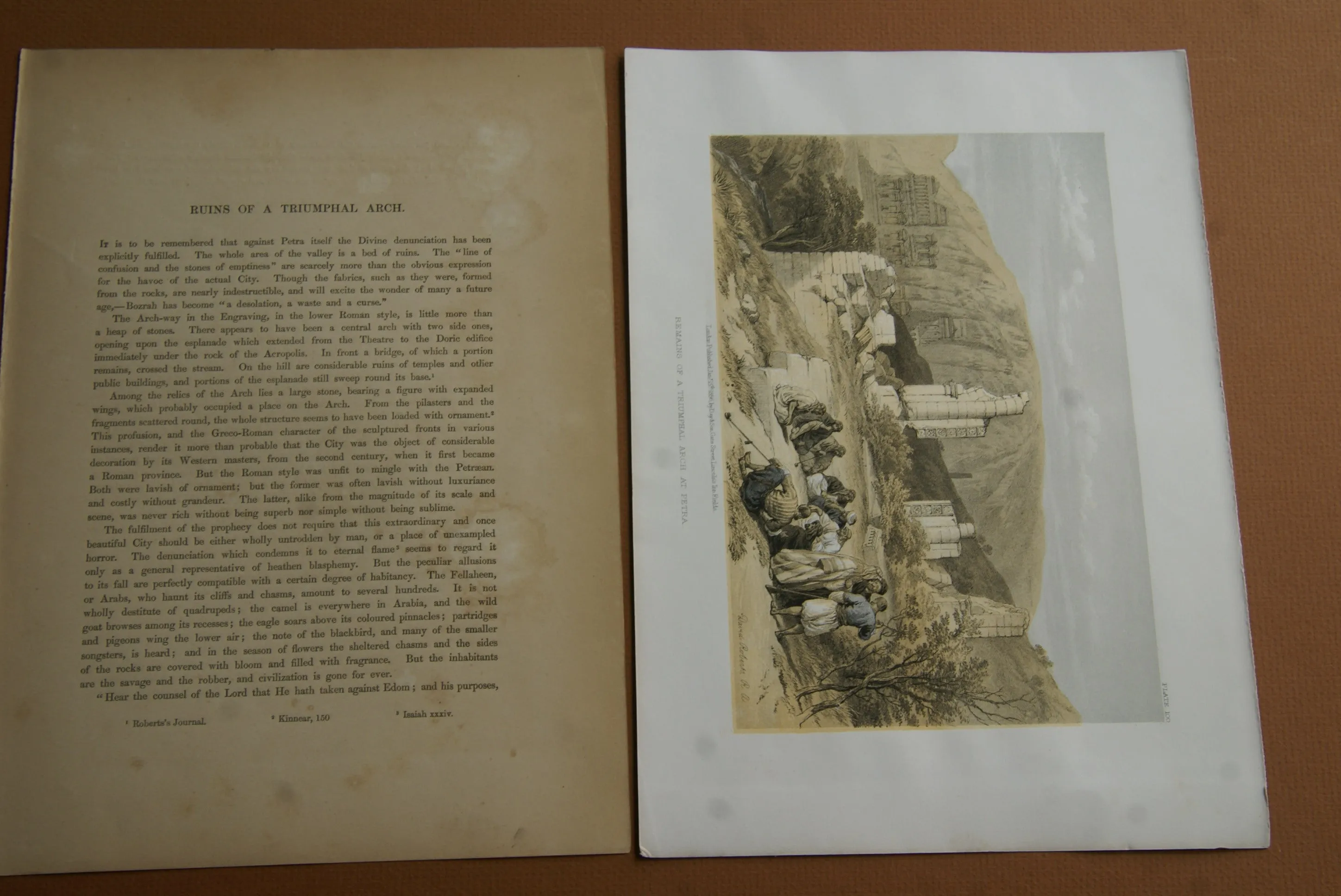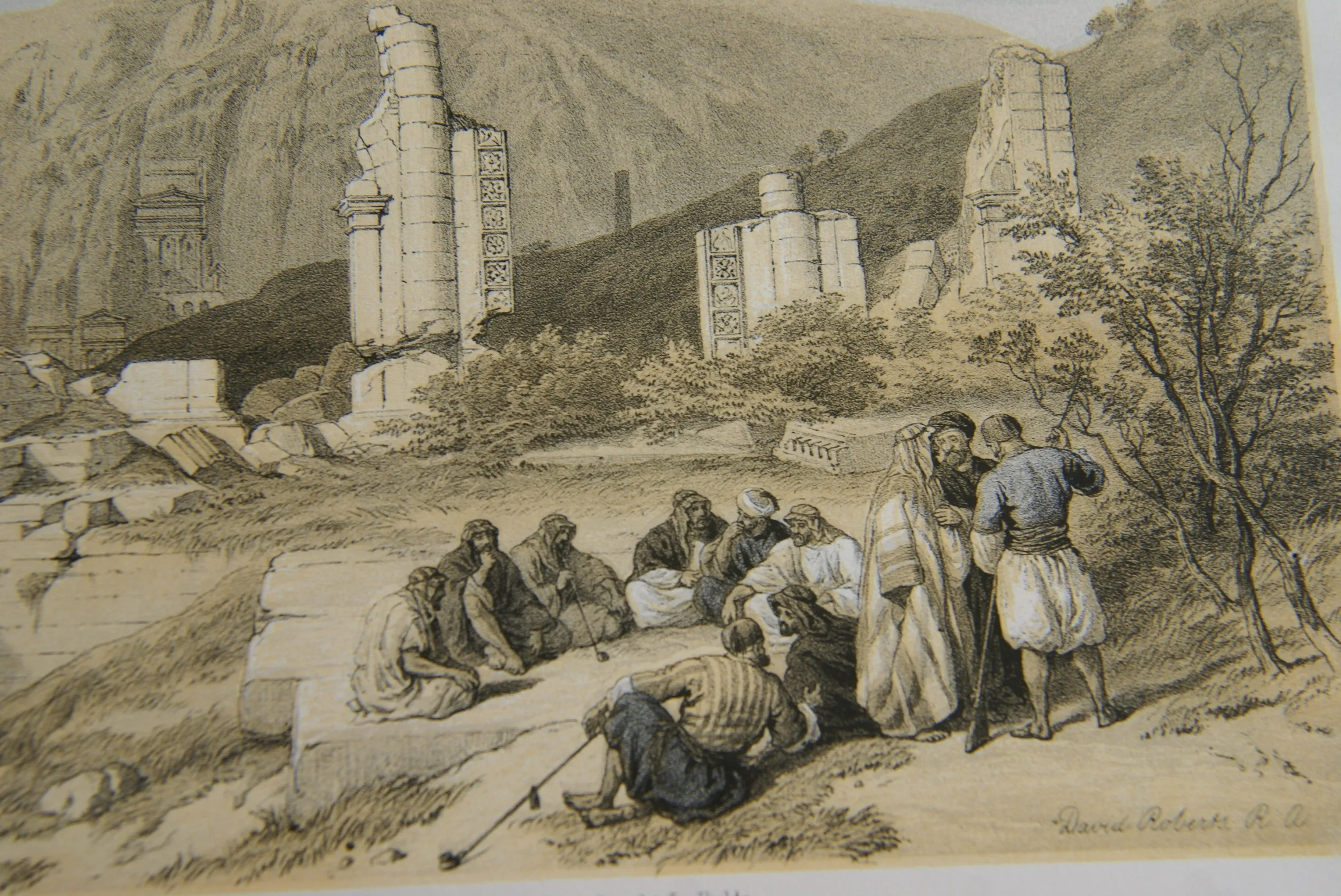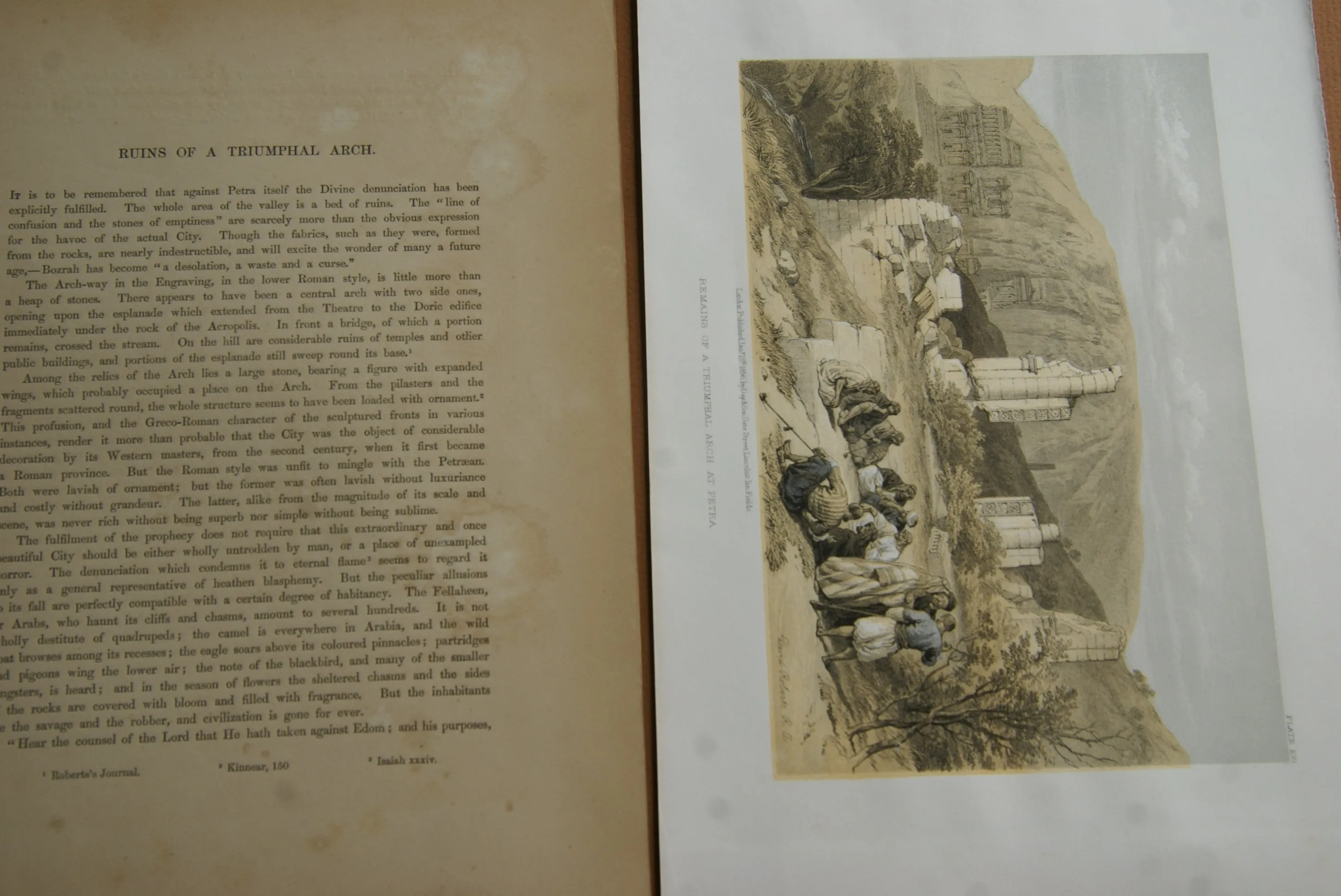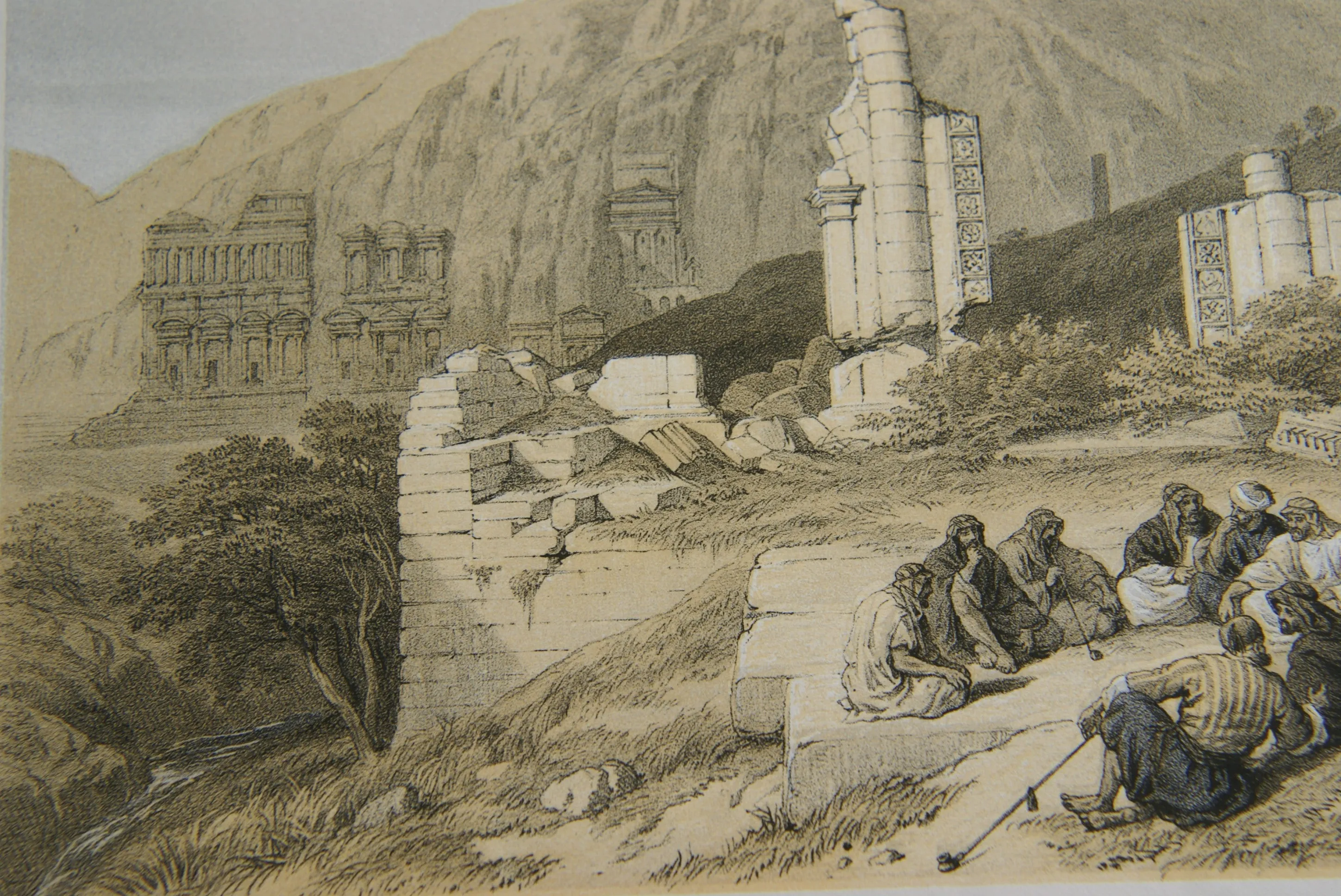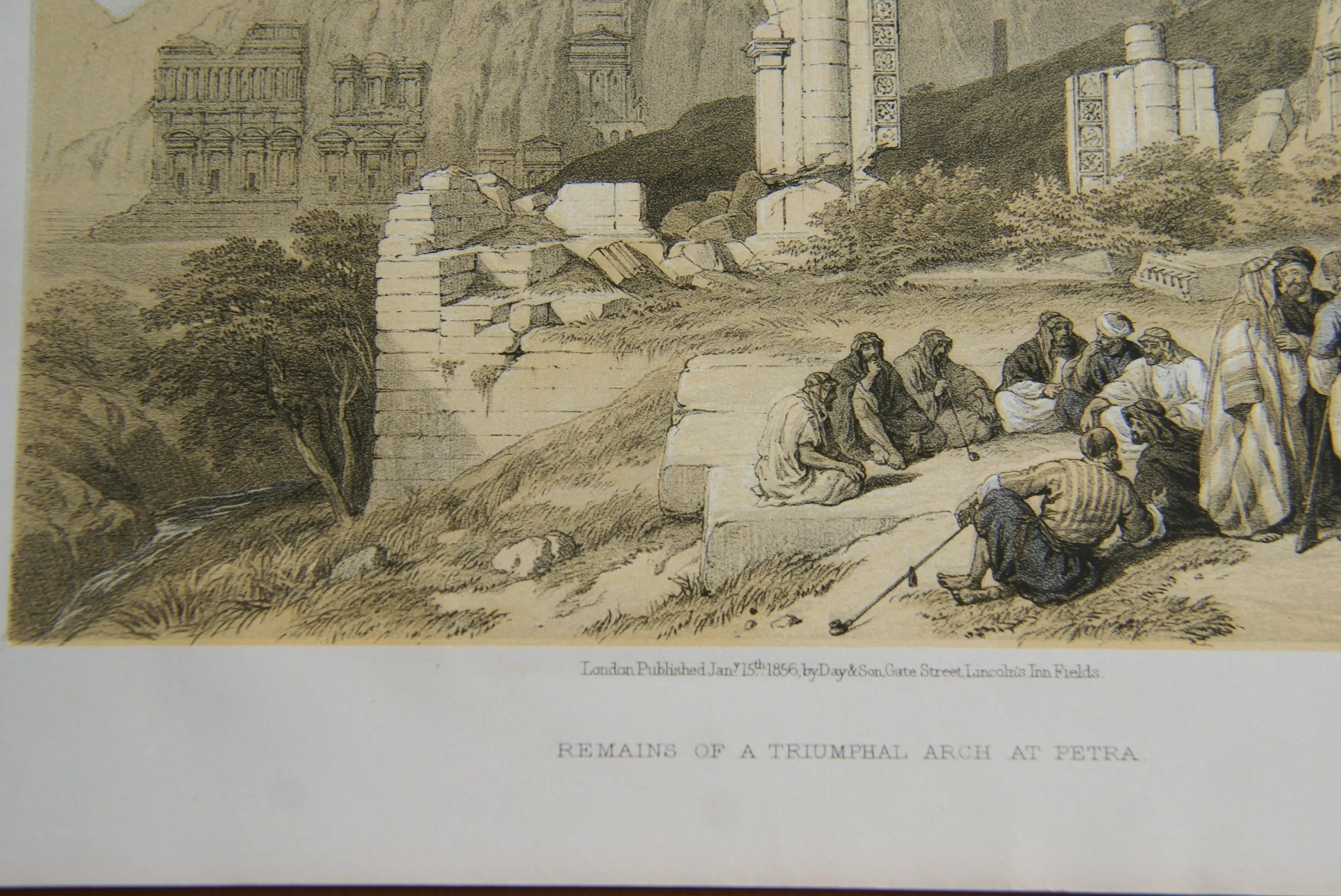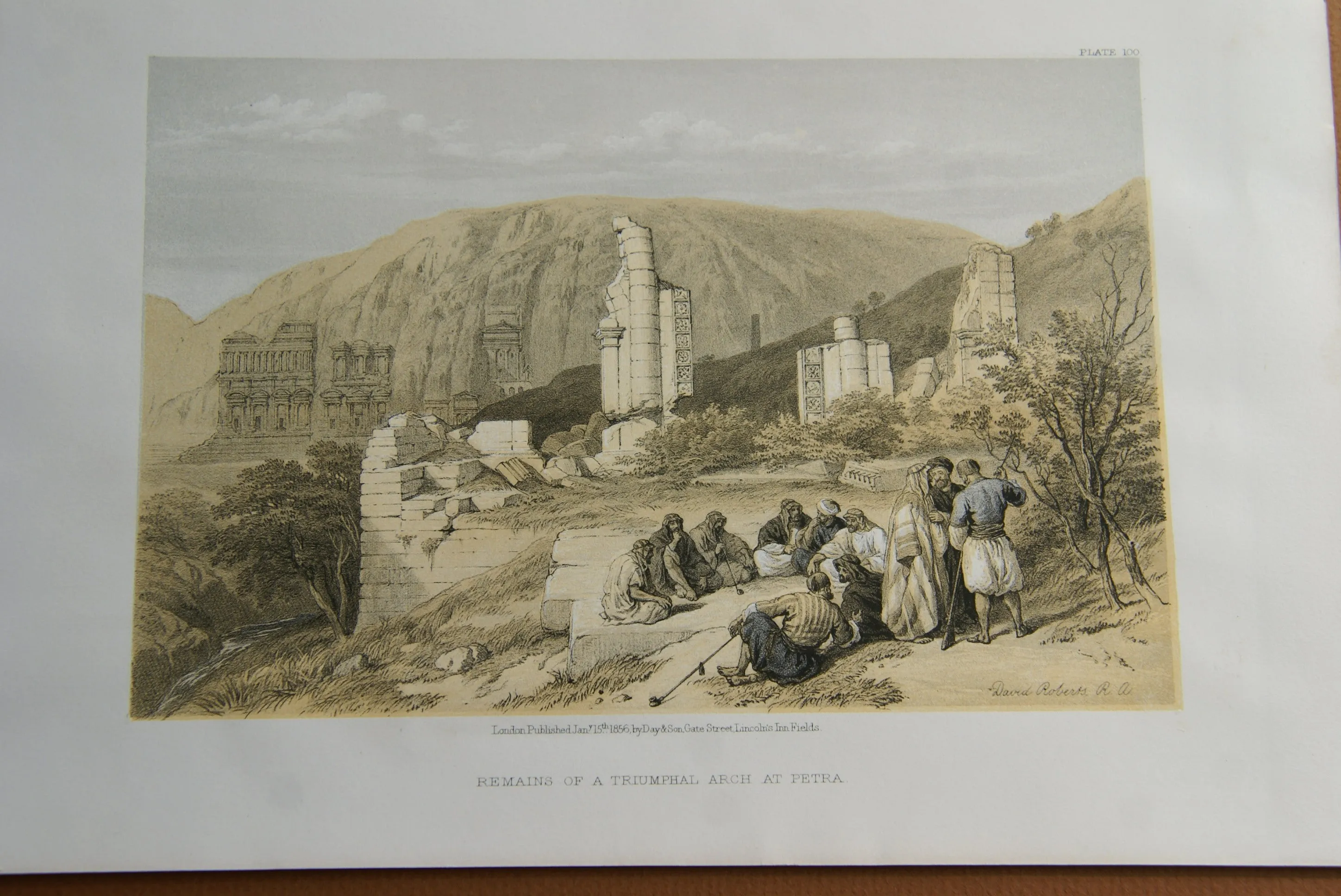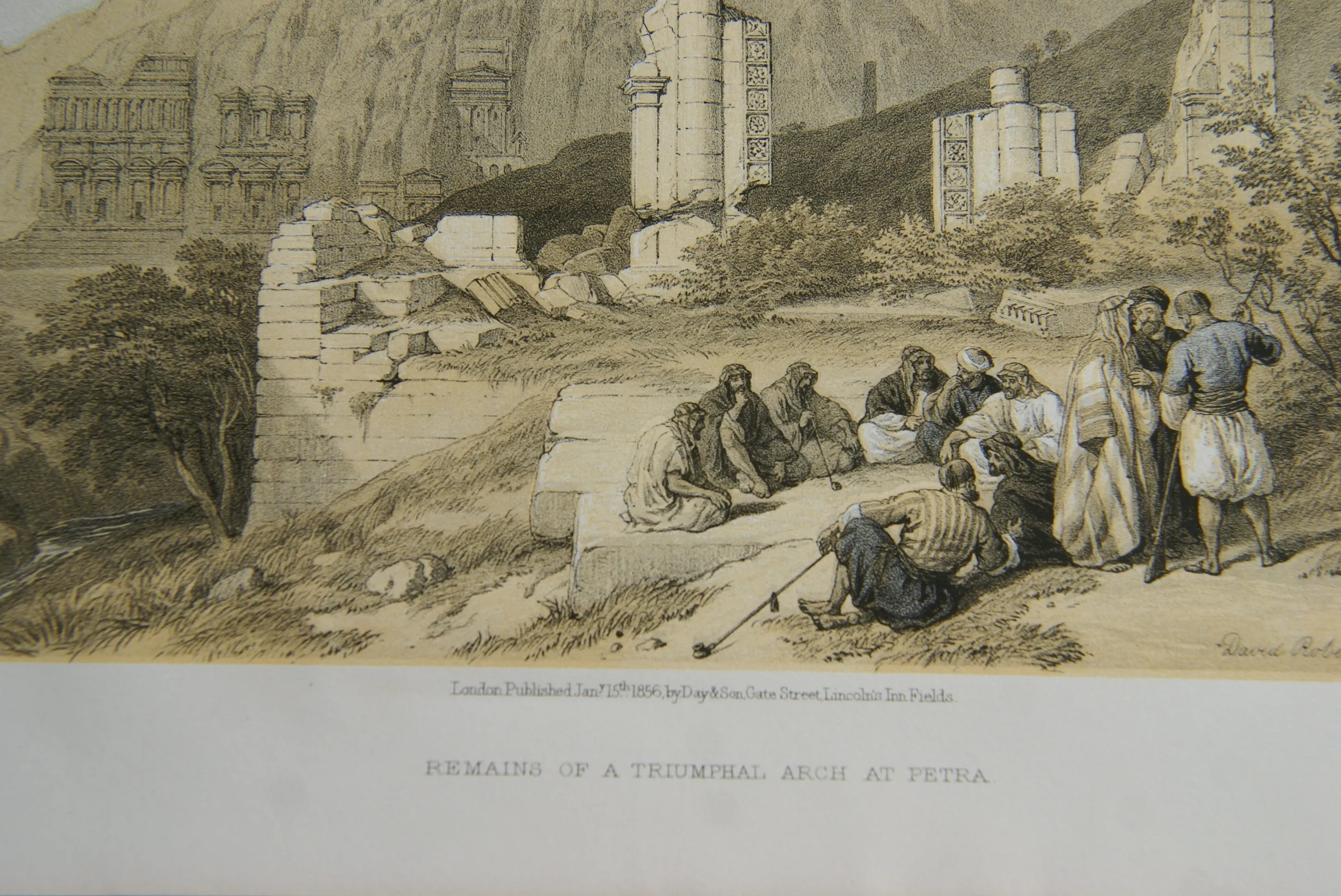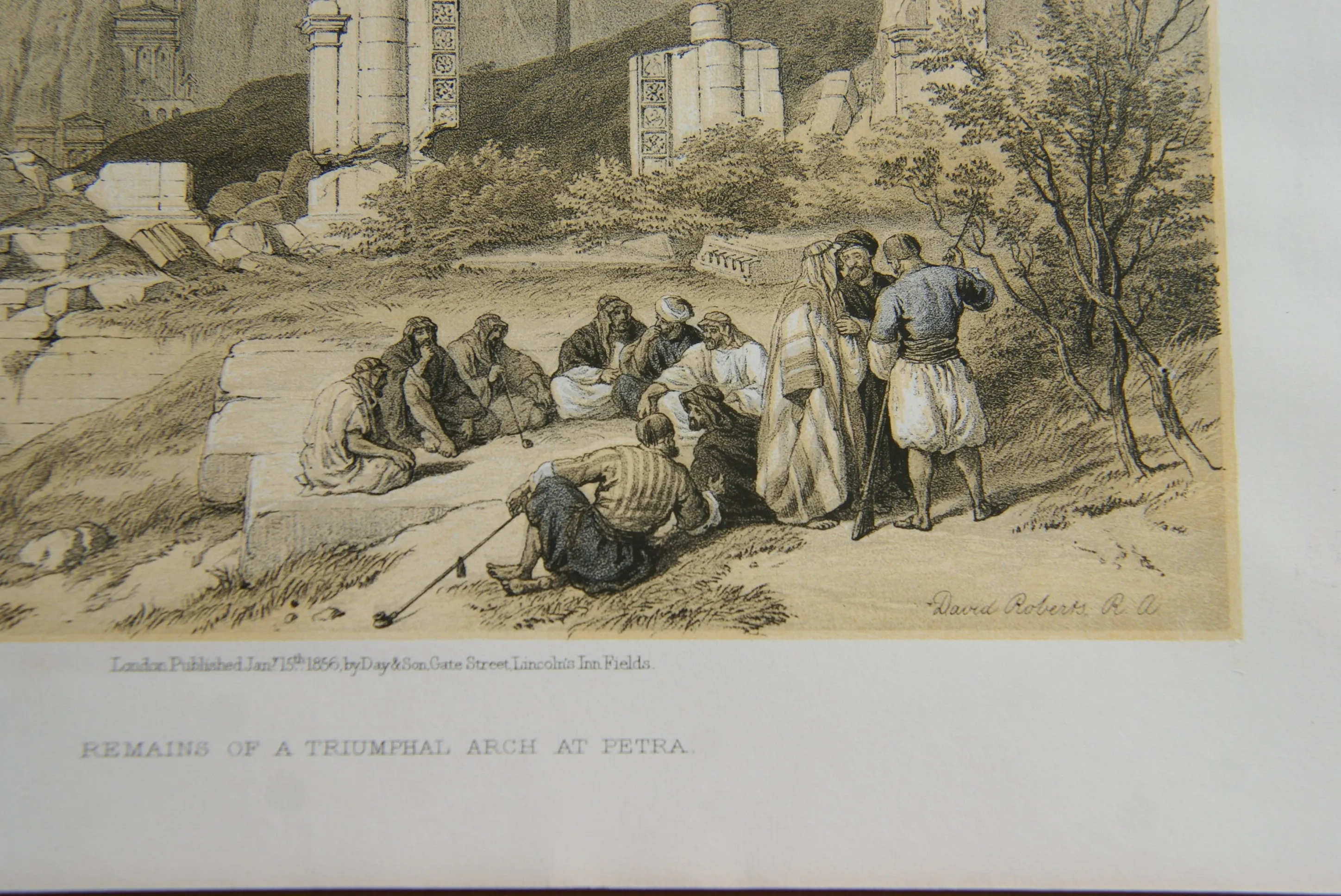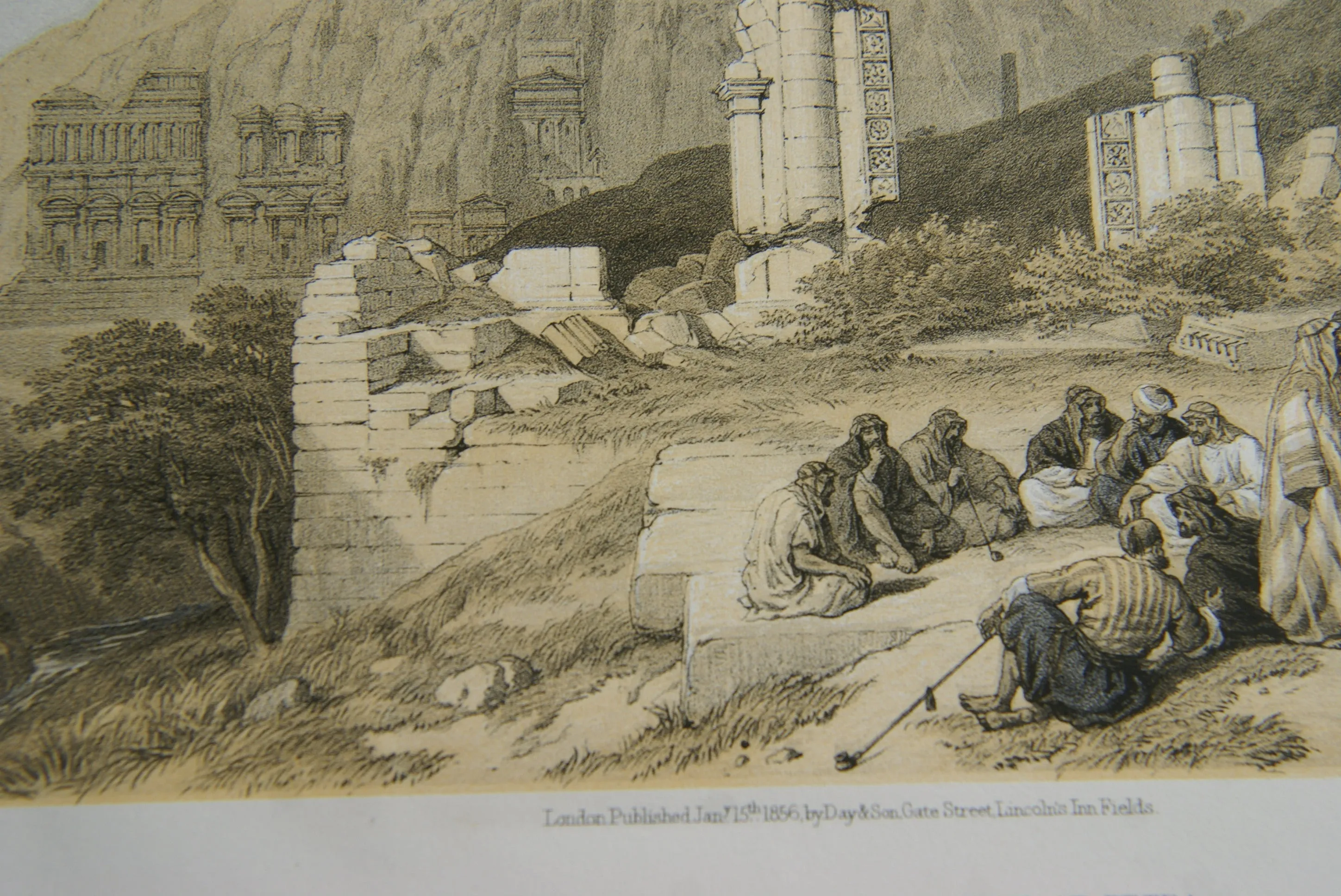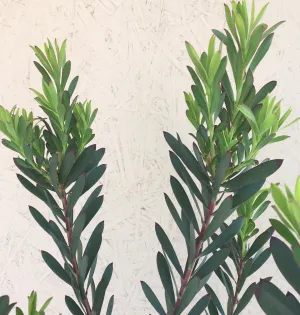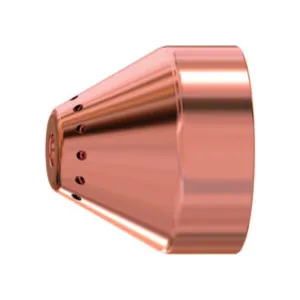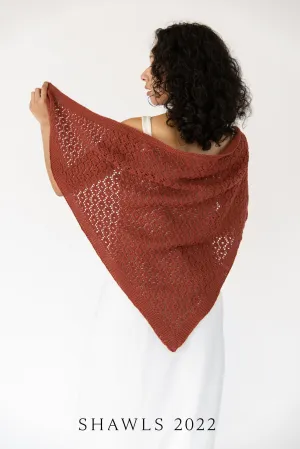Plate 100: Remains of a Triumphal Arch at Petra.
A fine example from the first issue of David Robert' monumental works on the Middle East: The Holy Land, Syria, Idumea, Arabia, Egypt & Nubia, lithographed by Louis Haghe and published in London by Day & Son (1855-56) & considered the greatest lithographically illustrated works issued in the 19th century.
The firm of Day & Haghe was one of the most prominent lithographic companies of the nineteenth-century. They were also amongst the foremost pioneers in the evolution of chromolithography. The firm was established in 1823 by William Day, but did not trade under the moniker of Day & Haghe until the arrival of Louis Haghe in 1831. In 1838, Day & Haghe were appointed as Lithographers to the Queen. However, and perhaps owing to the fact that there was never a formal partnership between the two, Haghe left the firm in the 1850's to devote himself to watercolour painting. The firm continued as Day & Son under the guidance of William Day the younger (1823 - 1906) but, as a result of a scandal involving Lajos Kossuth, was forced into liquidation in 1867. Vincent Brookes bought the company in the same year, and would produce the caricatures for Gibson Bowles' Vanity Fair magazine, as well as the illustrations for Cassells's Poultry Book, amongst other commissions.
Original fine tinted lithograph, very clean overall condition good/ excellent. Please review the pictures carefully to be satisfied, as photos tell better than words.
This print is from the first quarto edition of David Robert’s Holy Land, Syria, Idumea, Arabia, Egypt & Nubia published in London in 1855-56, a fine tinted lithograph, an original, duo-toned, lithographed plate, printed on heavy stock paper, blank reverse side.
There is a hand-lithographed signature by David Roberts on the right of this plate.
Excellent condition, no foxing, original descriptive text included, and also copy of book title plate. Paper size: 11 ¼” x 8”, image area 8 1/4”x 5 1/2”.
David Roberts RA (24th October 1796 – 25th November 1864) was a Scottish painter. He is especially known for a prolific series of detailed prints of Egypt and the Near East produced during the 1840s from sketches made during long tours of the region (1838-1840). This work, and his large oil paintings of similar subjects, made him a prominent Orientalist painter. He was elected as a Royal Academician in 1841.
Roberts views of the Middle East are very popular for both their artistic appeal and historical importance. Roberts prints are considered to be some of the finest tintstone lithographs ever produced.
Roberts visited Syria and Egypt in 1838 and in 1839 reached the Holy Land, where he created the drawings that were later turned into stunning lithographs. When in the Middle East, he traveled by boat up the Nile and then by camel, with Arab hosts to guide him.
Roberts (1796-1864) has rendered the views in a style clear, simple and unlaboured, with a masterly vigour and boldness. Abbey regarded the work as `one of the most important and elaborate ventures of nineteenth-century publishing, and the apotheosis of the tinted lithograph'.
David Roberts was born at Stockbridge near Edinburgh (Scotland), and at the early age of 10 apprenticed to Gavin Buego, a house painter. He continued to work for Buego, also as an interior decorator, after his apprenticeship had been completed, carrying out work on imitation stone-work and paneling at Scone Palace and Abercairney Abbey.
By 1818 Roberts had become assistant scene painter at the Pantheon theatre in Edinburgh, moving on to work in theatres in Glasgow and finally in late 1821 to Drury Lane theatre in London, where he worked with Clarkson Stanfield. Both artists exhibited at the Society of British Artists, Royal Academy and British Institution, and by 1830 Roberts was firmly established as a topographical artist and was able to give up his theatre work. In these early years he toured the continent and Scotland, and in 1832-33 visited Spain.
In 1838 he made plans for his journey to the Near East, inspired by a love of artistic adventure; departing in August 1839 for Alexandria, he spent the remaining part of the year in Cairo, visiting the numerous tombs and sites. In February of the following year he set out to cross the desert for the Holy Land by way of Suez, Mount Sinai and Petra arriving in Gaza, and then on to Jerusalem, concluding his tour spending several months visiting the biblical sites of the Holy Land, and finally returning to England at the end of 1839. The drawings of his tour were submitted to F.G. Moon in 1840 who arranged to bring out a work illustrative of Scripture History, paying Roberts £ 3,000. for the copyright of the sketches, and for his labour in supervising Louis Haghe's lithography. Both the exhibition of his original watercolours and the subsequent published work were an immediate success and confirmed his reputation as an architectural and landscape artist of the highest order.
Petra: Inhabited since prehistoric times, this Nabataean caravan-city, situated between the Red Sea and the Dead Sea, was an important crossroads between Arabia, Egypt and Syria-Phoenicia. Petra is half-built, half-carved into the rock, and is surrounded by mountains riddled with passages and gorges. It is one of the world's most famous archaeological sites, where ancient Eastern traditions blend with Hellenistic architecture.
Situated between the Red Sea and the Dead Sea and inhabited since prehistoric times, the rock-cut capital city of the Nabateans, became during Hellenistic and Roman times a major caravan centre for the incense of Arabia, the silks of China and the spices of India, a crossroads between Arabia, Egypt and Syria-Phoenicia. Petra is half-built, half-carved into the rock, and is surrounded by mountains riddled with passages and gorges. An ingenious water management system allowed extensive settlement of an essentially arid area during the Nabataean, Roman and Byzantine periods. It is one of the world's richest and largest archaeological sites set in a dominating red sandstone landscape.
The Outstanding Universal Value of Petra resides in the vast extent of elaborate tomb and temple architecture; religious high places; the remnant channels, tunnels and diversion dams that combined with a vast network of cisterns and reservoirs which controlled and conserved seasonal rains, and the extensive archaeological remains including of copper mining, temples, churches and other public buildings. The fusion of Hellenistic architectural facades with traditional Nabataean rock-cut temple/tombs including the Khasneh, the Urn Tomb, the Palace Tomb, the Corinthian Tomb and the Deir ("monastery") represents a unique artistic achievement and an outstanding architectural ensemble of the first centuries BC to AD. The varied archaeological remains and architectural monuments from prehistoric times to the medieval periods bear exceptional testimony to the now lost civilisations which succeeded each other at the site.




